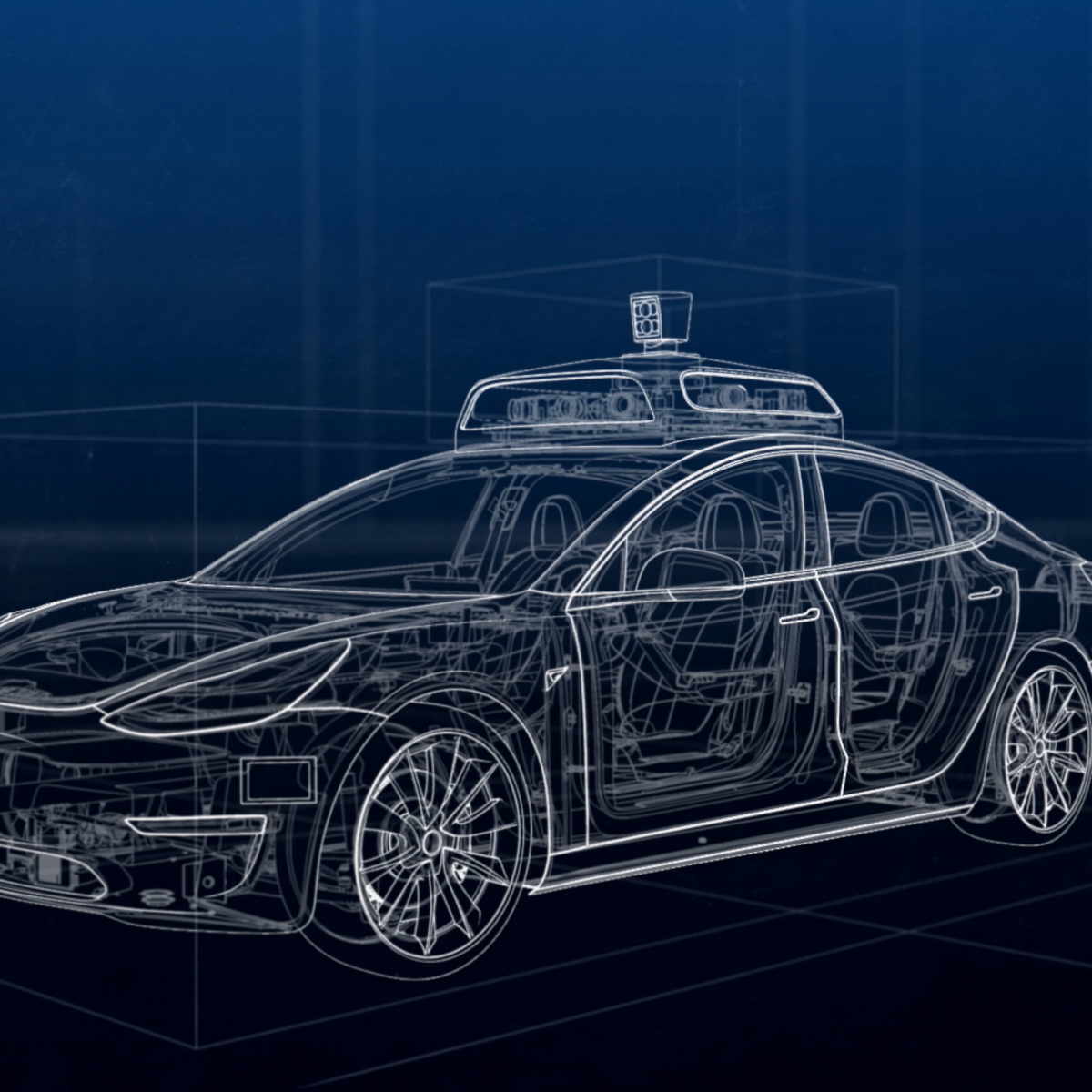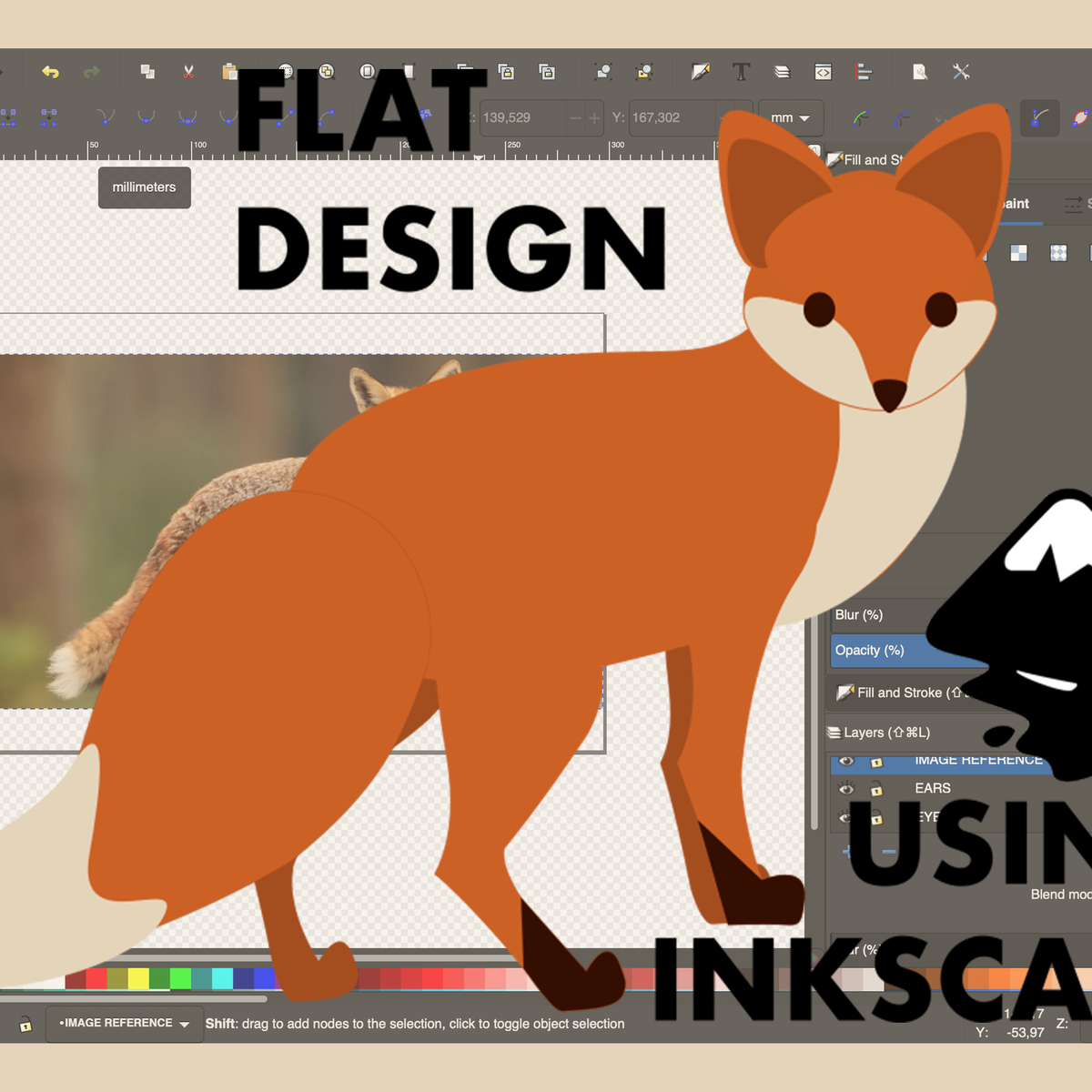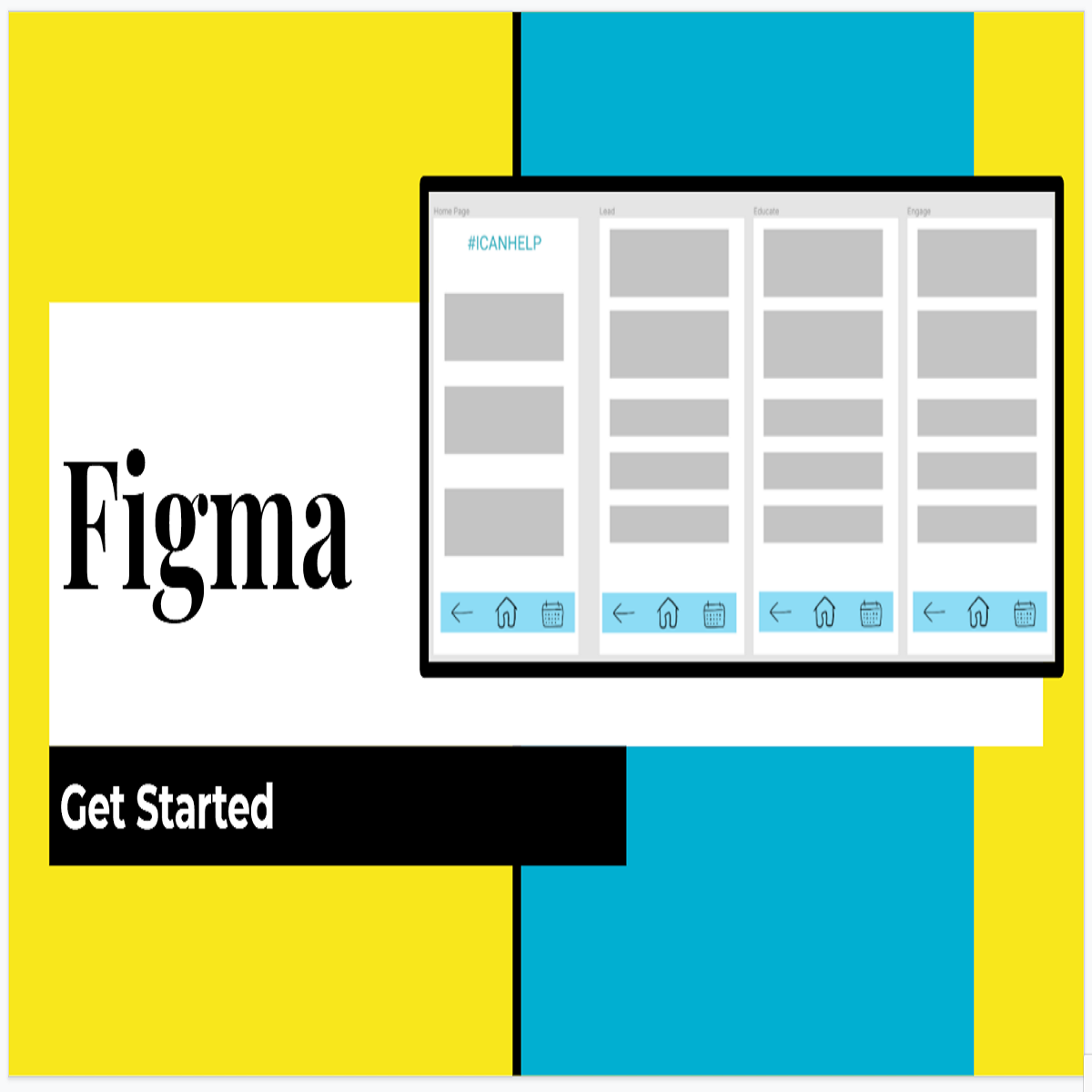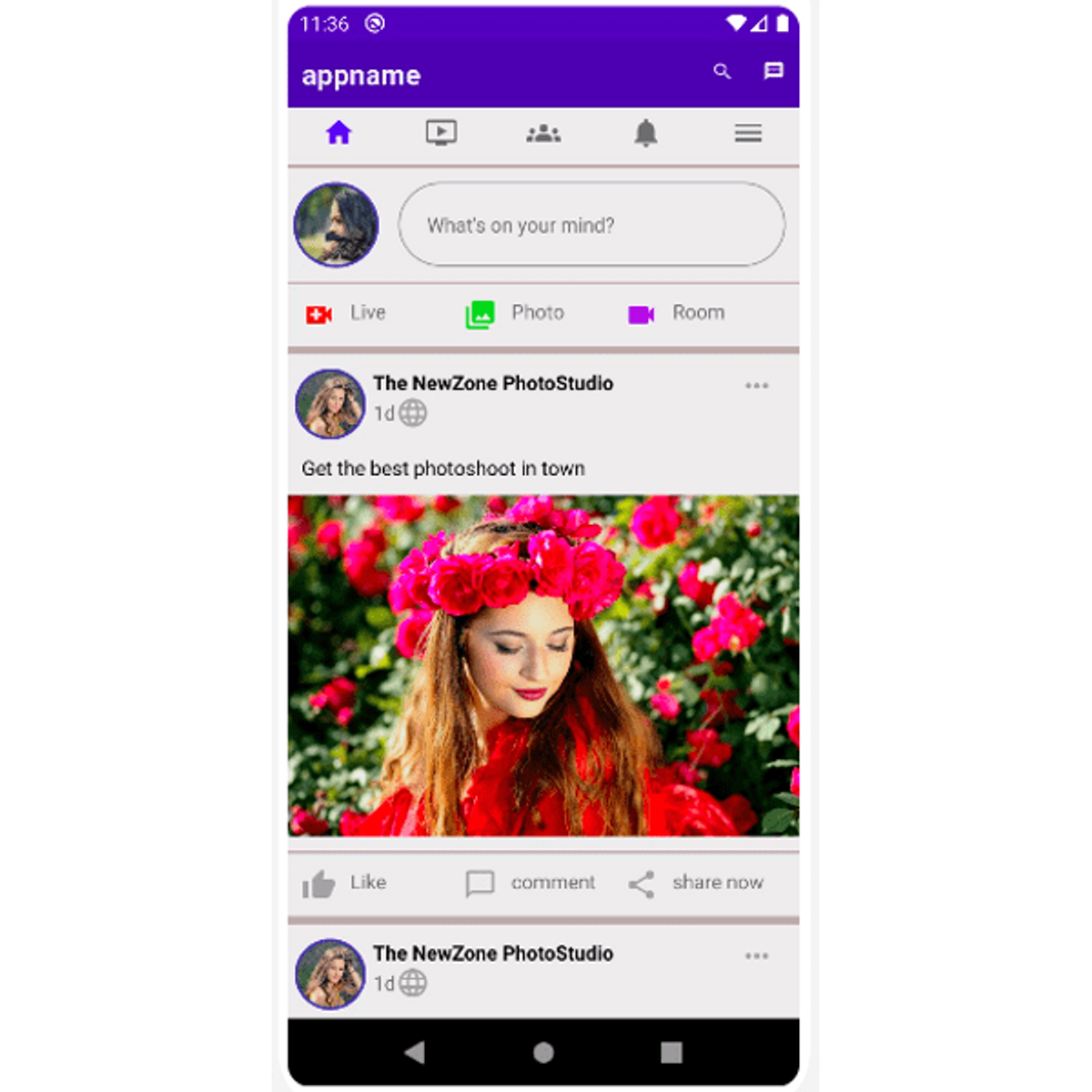Back to Courses









Design And Product Courses - Page 48
Showing results 471-480 of 512

Animation with JavaScript and jQuery
With the general introduction of JavaScript in the first course, this course will focus on JavaScript libraries, specifically jQuery. The scripts will be geared toward Document Object Model (DOM) manipulation. Learners will describe the top JavaScript libraries and differentiate which would work best to implement and accelerate development of web page animation.
Course objectives include being introduced to the end product of the course – a landing page style website using jQuery elements to manipulate HTML documents and enhance user experience. Diving deeper into the landing page that will be created and break it out into individual jQuery projects. jQuery events and effects will be covered while exploring more jQuery’s relationship with HTML documents. Finally, a focus on plugins and continue to breakdown jQuery's ability to manipulate HTML and CSS.

Introduction to Self-Driving Cars
Welcome to Introduction to Self-Driving Cars, the first course in University of Toronto’s Self-Driving Cars Specialization.
This course will introduce you to the terminology, design considerations and safety assessment of self-driving cars. By the end of this course, you will be able to:
- Understand commonly used hardware used for self-driving cars
- Identify the main components of the self-driving software stack
- Program vehicle modelling and control
- Analyze the safety frameworks and current industry practices for vehicle development
For the final project in this course, you will develop control code to navigate a self-driving car around a racetrack in the CARLA simulation environment. You will construct longitudinal and lateral dynamic models for a vehicle and create controllers that regulate speed and path tracking performance using Python. You’ll test the limits of your control design and learn the challenges inherent in driving at the limit of vehicle performance.
This is an advanced course, intended for learners with a background in mechanical engineering, computer and electrical engineering, or robotics. To succeed in this course, you should have programming experience in Python 3.0, familiarity with Linear Algebra (matrices, vectors, matrix multiplication, rank, Eigenvalues and vectors and inverses), Statistics (Gaussian probability distributions), Calculus and Physics (forces, moments, inertia, Newton's Laws).
You will also need certain hardware and software specifications in order to effectively run the CARLA simulator: Windows 7 64-bit (or later) or Ubuntu 16.04 (or later), Quad-core Intel or AMD processor (2.5 GHz or faster), NVIDIA GeForce 470 GTX or AMD Radeon 6870 HD series card or higher, 8 GB RAM, and OpenGL 3 or greater (for Linux computers).

Visual Elements of User Interface Design
This design-centric course examines the broad question of what an interface is and what role a designer plays in creating a user interface. Learning how to design and articulate meaning using color, type, and imagery is essential to making interfaces function clearly and seamlessly. Through a series of lectures and visual exercises, you will focus on the many individual elements and components that make up the skillset of an interface designer. By the end of this course, you will be able to describe the key formal elements of clear, consistent, and intuitive UI design, and apply your learned skills to the design of a static screen-based interface.
This is the first course in the UI/UX Design Specialization, which brings a design-centric approach to user interface (UI) and user experience (UX) design, and offers practical, skill-based instruction centered around a visual communications perspective, rather than on one focused on marketing or programming alone.
These courses are ideal for anyone with some experience in graphic or visual design and who would like to build their skill set in UI or UX for app and web design. It would also be ideal for anyone with experience in front- or back-end web development or human-computer interaction and want to sharpen their visual design and analysis skills for UI or UX.

Identify UX Pain Points with Empathy Maps in Miro
By the end of this project, you will be able to create empathy maps to gain a holistic view of the User Experience (UX) to help retain customers, mitigate risk, and identify business opportunities. To do this, you will gain hands-on experience applying design thinking, user interface knowledge, and context from the customer journey to build an empathy map in the Miro online visual collaboration platform for teamwork.
Note: This course works best for learners who are based in the North America region. We’re currently working on providing the same experience in other regions.

Flat design: draw a vector image from a picture on Inkscape.
In this 1-hour long project-based course, you will learn how to
- use Inkscape to create vector graphics
- explore flat design
- explore vector graphics
By the end of this project, you will learn how to use Inkscape to draw a vector graphic starting from a picture.
You’ll discover how to create a vector image adopting a flat design style.
This guided project is for graphic designers, illustrators, or artists who want to discover Inkscape as an open-source alternative to common vector images editing software.
It is open to anyone interested in graphic design who wants to be introduced to vector graphic or flat design.
You don't need to be a professional to enjoy this course, though, familiarity with graphic design or visual arts terminology will help you to get the most out of the project.
Note: This course works best for learners who are based in the North America region. We’re currently working on providing the same experience in other regions.

Create a Python Application using PyMongo and MongoDB Database
Data plays a crucial role in application development. It plays such a crucial role that there are people called Database Administrators that specialize in just organizing the data. The traditional database used to be, and often still is, a relational database. MongoDB is more flexible than a relational database, and as such provides the developer with a database that can easily be changed during the development phase.
The increased popularity of MongoDB combined with the popularity of Python has resulted in a Python library called PyMongo, which provides an API for communicating with MongoDB.
In this course, you will create a Python application, using PyMongo, that creates a MongoDB database containing words and their definitions. You will then retrieve data from the collection and display a selected Word’s definition.
Note: This course works best for learners who are based in the North America region. We’re currently working on providing the same experience in other regions.

Get Started with Figma
Figma is a web-based graphics editing and user interface design app that works on your browser. What does that really mean? You can access your projects from multiple devices without installing software. You and others can work on the same file in real-time taking the project from brainstorming to prototypes. You can use Figma to design briefs, create storyboards, reduce complexity on web sites and even design your CV or resume all while collaborating with others in real time! By the end of this project, you will go through the steps to learn about the application to develop a web page or homepage for your own app.

Design a Social Media UI in Android using Linear Layout
In this 2-hour long project-based course, you will learn how to design a Social Media- Facebook like UI in Android using Linear Layout. You will learn to import all the necessary vector assets icons. You will learn to create the toolbars, to design social media posts in Android Studio, to make use of a third-party library in the project and you will also learn to build the apk and simulate the app on an online android emulator.
Basics of android design concepts are recommended.
Note: This course works best for learners who are based in the North America region. We’re currently working on providing the same experience in other regions.

Machine Learning Foundations for Product Managers
In this first course of the AI Product Management Specialization offered by Duke University's Pratt School of Engineering, you will build a foundational understanding of what machine learning is, how it works and when and why it is applied. To successfully manage an AI team or product and work collaboratively with data scientists, software engineers, and customers you need to understand the basics of machine learning technology. This course provides a non-coding introduction to machine learning, with focus on the process of developing models, ML model evaluation and interpretation, and the intuition behind common ML and deep learning algorithms. The course will conclude with a hands-on project in which you will have a chance to train and optimize a machine learning model on a simple real-world problem.
At the conclusion of this course, you should be able to:
1) Explain how machine learning works and the types of machine learning
2) Describe the challenges of modeling and strategies to overcome them
3) Identify the primary algorithms used for common ML tasks and their use cases
4) Explain deep learning and its strengths and challenges relative to other forms of machine learning
5) Implement best practices in evaluating and interpreting ML models

Acing the Product Management Interview
Prepare to impress in your product management interviews by taking this course. You'll learn tips to showcase your skills and PM knowledge directly from the experts who hire and promote top PMs, and practice for your interview using real PM interview questions asked by companies including Meta, Microsoft, Google, and Amazon!
Hear how to impress in the interview process from industry-leading experts including:
* NANCY WANG, General Manager of Data Protection Services, Amazon Web Services;
* BOB O'BRIEN, Senior Product Manager, Amazon Web Services
* JENNY TAI, Director of Product, Jam City;
*NANCY GESSLER, Product Management, Learning Products, Amazon Web Services
* TATYANA MAMUT, Chief Product Officer, Nextdoor
* SANDY CARTER, Vice President for Worldwide Public Sector Programs, Amazon Web Services
Sponsored by AMAZON WEB SERVICES (AWS).
This is the fourth of four courses in the ACE Recommended Real-World Product Management Specialization. When you complete all four courses, you can earn up to 6 college credits.
Popular Internships and Jobs by Categories
Browse
© 2024 BoostGrad | All rights reserved


